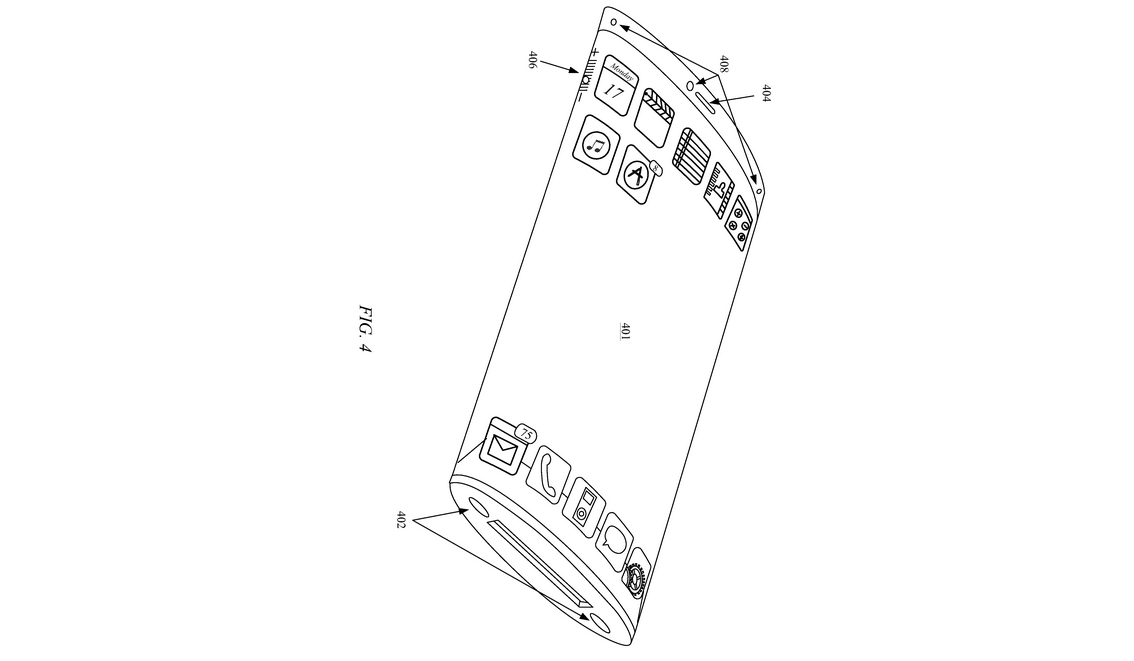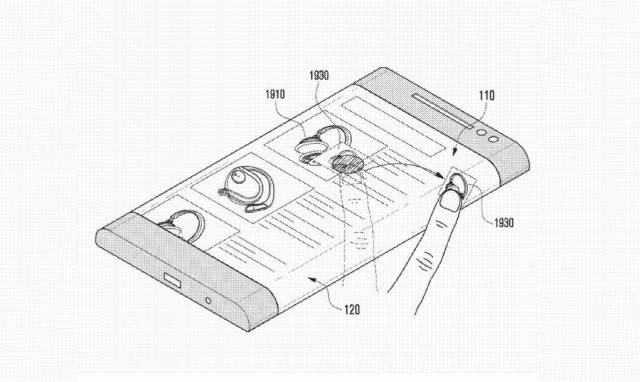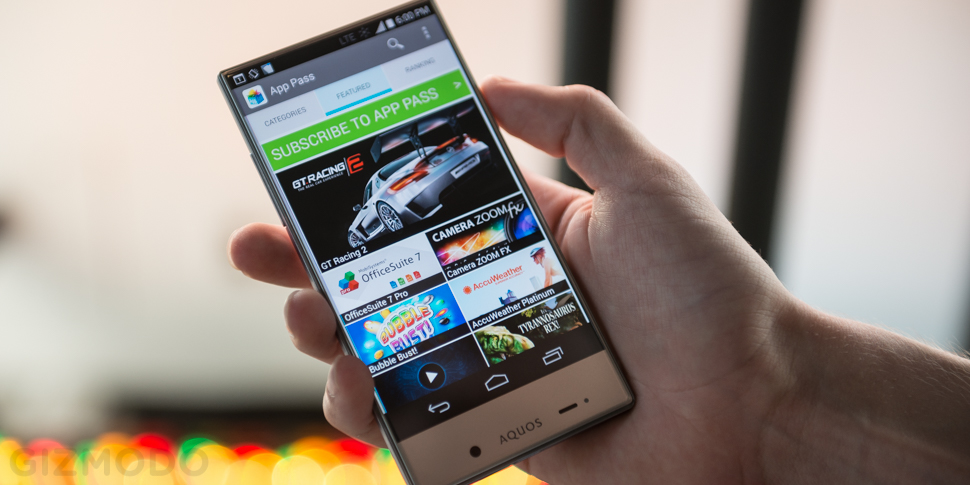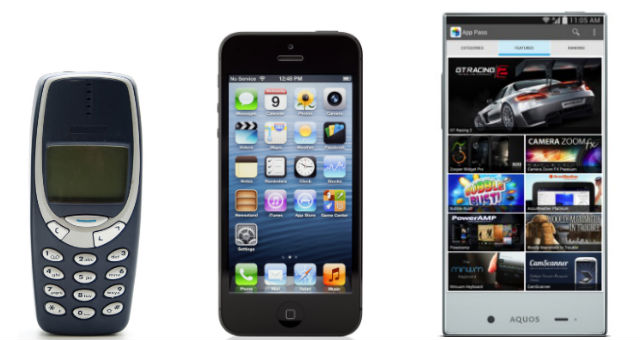Yesterday, the first Sharp smartphone to head West brought with it one of the skinniest bezels we’ve ever seen on a smartphone. The Aquos Crystal is visually impressive, and a major step into the frameless future that seems to be emerging. There’s just one problem though: Bezels matter. And we still need them.
The word bezel comes from the diamond trade, which uses it to describe the cuts on a gem that ring the face. It also describes the ring around a watch or piece of jewellery. In the world of smartphones, the bezel is the frame that holds the actual, usable screen real estate in place.

In the early days, mobile phones were almost entirely bezel: Screens were tiny, and because they lacked touchscreen interaction, that was fine. Once we began to poke and swipe at our screens, though, they got bigger — and the frame that was structurally necessary to keep them stable began to get smaller and smaller.
It follows, by some logic, that the next evolutionary step would be to get rid of the bezel altogether. There are even those who advocate a screen that wraps around from the face of your phone to encompass the edges, and even the back. We’re a long way from that vision, though, for some very good reasons.
Bezel Is an Ergonomic Feature
While bezels aren’t the most attractive part of a phone (or tablet, or anything with a screen), they’re are actually pretty useful details to humans. Our clunky, outdated meathooks still need a certain amount of friction and depth to clasp our increasingly thin, ethereal smartphones.

Image: antb.
The truth is, the bezel on your smartphone is still an ergonomic necessity: A firm place to grip your phone without a) dropping it and b) pressing the screen in such a way that it interrupts what you’re actually trying to do. Imagine trying to hold a still-wet painting on a canvas. The paint might extent around the edges and onto the back, but that means you need a frame to safely pick it up. A touchscreen smartphone is sensitive and fragile in the same way.
The proof is right there on Sharp’s new phone: Sure, three edges might not have much bezel, but that one edge is massive. That’s the edge where you can actually grip it. And where the buttons are. Our fingers are fat, wide, and tend to be pretty damn slippery. Sorry everyone: We still need the bezel. But we may not forever.
Software Solutions to Hardware Problems
Let’s say you get really good at holding your bezel-less phone, despite the obvious anatomical challenges. Part of your hand will always be slightly touching the screen. Most of the time, your fingers will be brushing up against it as you use it. That means it will be your operating system’s job to figure out the difference. And that’s no small task.
As bezels shrink, companies have struggled to create solutions built into your phone’s OS that can recognise the difference between you gripping the edge of your iPad while you’re reading and, say, you trying to turn a page. A good example of this dilemma is the multitude of patents Apple has filed related to the issue, approaching it from several different directions. In some cases, the company imagines the edge of the device as a secondary interface that can control things like volume, power, and navigation, as in this 2011 patent for a series of force sensors in the corners of your device:

In others, it imagines a device with structural bezel only at either end, as in this patent for a wraparound screen:

Or maybe the screen has no bezel at all, and instead, is stiffened from the inside by a structural core, as Patently Apple reported last year:

Likewise, a recent patent filed by Samsung envisions using the side of the screen as a secondary or tertiary interface, distinct from the front or back of a wraparound screen in function:

Whether you define bezel as a structural metal frame or a second interface through which to control your phone, it’s still a necessary evil (but is it really so bad?) that makes our devices usable. There’s just no good solution to getting rid of it right now.
A Thin Bezel Isn’t No Bezel
So far, we haven’t seen a truly bezel-free phone on the market. The hubbub about Sharp’s new offerings overlooks the point of fact that there are actually thin bezels on every side of the screen. We’re still a long way off from a phone without a frame, but companies like Sharp are getting closer.

As Gizmodo’s own Darren Orf reported yesterday after trying out the Crystal, even his most obvious accidental side-touches were ignored by the phone, which suggests that Sharp is getting good at developing software that knows the difference. But the physical jump from “thin, almost invisible frame” to “no frame” is a huge one that no company has achieved yet.
In the end, bezels aren’t just frames. They represent a secondary layer of interaction, a meta-interface that, barring some massive breakthrough on the software side of things, is still very necessary. Considering that the world’s biggest smartphone companies are all working on solving this problem, it’s likely that we’ll eventually have a bezel-free smartphone. But until that breakthrough comes, our phones are better off with chunky little frames than without.
